Front and Center by Catherine G. Murdock
A town I knew I would one day leave.
Like DJ, quoted above, from the YA novel Front and Center, and numerous young people in rural communities, I believed to be successful, I had to escape. A “good” future could only be found in the world outside my hometown. To stay was to fail. So, I (and many peers) left after high school graduation with no intention to return except for Christmas and 4th of July.
In many ways, my departure began in the pages of novels. As a child and teenager, I read voraciously, devouring book after book—classics and young adult alike. Those pages provided a window into worlds vastly different from the place I called home, worlds that seemed far more exciting and superior to my own.
Now, several years and a thousand miles from my hometown, I recognize a gap in the reading of my youth. I’d hardly ever read—or even knew about—books, especially YA, that depicted the rural people and culture I grew up knowing—and not as historical caricatures of hardy homesteaders but as contemporary, multi-dimensional people and places.
Where were the books about kids like me?
Now, as an English teacher in a rural school, I have become invested in finding those books for my students.
Reading YAL for Representations of Contemporary Rurality
Given this broader context of stereotyping and social justice, we see great value in literacy educators integrating YAL depictions of contemporary rurality into their teaching. However, we recognize two challenges. First, there is just not much YAL with contemporary rural representations. Second, YA novels that do focus on rural often—though not always—perpetuate and potentially reify deficit and stereotyped views of rural people and places. (See Dr. Karen Eppley’s article on stereotypical rural representations in children’s literature: “Picturing Rural America.”) Therefore, we think it’s important to not just bring rural books into the classroom but to read them critically to recognize and challenge stereotypes of rurality.
Additionally, we believe integrating rural books could be useful in rural and non-rural classrooms (i.e., urban, suburban). While rural YAL can function as a mirror for rural students, it can also serve as a window for non-rural youth to better understand rurality. How might it be productive, for instance, for urban students to examine stereotypes of rurality through YAL?
Regardless of who is reading, it’s crucial that students recognize these texts only provide a single version of rural and read with a critical eye, questioning the textual representations they find.
Examples of Contemporary Rurality in YAL
Touch Blue by Cynthia Lord
This novel tells the story of Tess who lives on a small island off the coast of Maine and wants to be a lobster fisherman like her father when she grows up. However, her small island town is struggling to maintain the population it needs to survive. This story shows the challenges faced by rural dwellers trying to keep their communities alive as they rely on both local natural resources and community members to stay afloat.
Some questions to consider:
- What is the relationship between the rural characters, like Tess, and their place? Are they there by choice? Do they want to stay? How is their identity connected to/determined by the place?
- What are the conflicts faced in the novel? Which conflicts are a result of the rural setting? What do those conflicts suggest about what it means to live in a rural place?
Set in rural Oklahoma, this is a wonderful sports novel. Hampton has been best friends with Blaine since 4th grade, but during football their senior year, Blaine changes as Hampton replaces him as the star of the team. Blaine’s anger about losing the limelight stresses his relationship with Hampton. This novel emphasizes the importance of sports in small town culture, including the stereotypical dumb jock, as well as the pressure faced in a community where everyone knows your name.
Some questions to consider:
- How do high school sports explain/define rurality in this context? What seems unique about sports and rural communities?
- How are youth who are not interested/involved in sports depicted? How do sports in this novel marginalize certain characters?
- How does the rural setting hinder/help rural youth pursue future endeavors? What does the availability of opportunities for the future suggest about living in a rural place?
This novel is about Mike Szabo whose life changes completely when Xanadu, the most beautiful girl she’s ever seen, moves to her hometown of Coalton, Kansas. Mike becomes friends with Xanadu and wishes they could become more, but Xanadu isn’t interested. As Mike and Xanadu become close friends, Mike has to make some tough decisions about her future happiness. This story portrays the challenges that small businesses face, the difficulties of being different in a small town, and the hurdles rural youth face in attempting to plan for and pursue their futures.
Some questions to consider:
- How does the rural setting impact those outside the local social norms? How does the rural setting hinder/help gay characters navigate everyday life? How do rural people treat those who are different?
- How is Xanadu, an urban character, depicted in relation to Mike? Who is depicted as “better”/inferior/superior? What does this say about how rural is defined in relation to urban?
This book provides an interesting perspective on rurality because the protagonist Kyle is not rural. He lives outside of Syracuse and has always dreamed of Montana; his father grew up there and his grandfather Cole still lives there in a tiny town called Mistake. For his 14th birthday, Kyle’s parents send him to Mistake to spend the summer with Cole, an adventure Kyle will never forget. This novel depicts a dying rural culture that cannot withstand the powers of money and outside interests. The contrast between a well-off, youthful city boy and an impoverished, dying old man embodies the death of the rural space.
Some questions to consider:
Who tells the story? Is that person rural/urban? Whose perspective is most valued? Is that person rural/urban? Whose voices aren’t heard? How does that impact the story of rurality being told?
How is Cole portrayed in comparison with Kyle? How is their behavior normative/non-normative? How are those representations defining what it means to be a rural person?
This novel (the first of a trilogy), set in Red Bend, Wisconsin, tells DJ Schwenk’s story. Because of her father’s injury, 15-year-old DJ does the majority of the work on her family’s dairy farm. Since she is so hard-working, the football coach of Red Bend’s rival Hawley sends his quarterback to DJ for training. DJ realizes her love for football and goes out for Red Bend’s football team. This novel (and series) portrays the difficulties faced by modern farmers, the conflicts farm kids navigate between home and school life, and the importance of sports in rural cultures.
Some questions to consider:
· How is life on a dairy farm portrayed? How do the characters feel about farm responsibilities? What does this suggest about life on a farm?
· How are rural girls like DJ depicted? How does the rural setting help/hinder a girl’s ability to pursue her dreams?
· How are sports and academics contrasted in the novel? How does that characterize rural values?
· How are urban settings, like Madison, depicted in this novel? What does this say about how the rural is defined in relation to urban?
This book, set in Kentucky, is about Ricki Jo who is starting high school and ready to leave behind her country-self in order to become popular. She wants to be called Ericka, becomes a cheerleader, and buys a new wardrobe. Ricki Jo changes a lot in order to fit in but realizes that it’s harder to be popular than she thought. This novel illustrates the challenges rural youth can face when attempting to navigate a new, more urban place and the pressure they feel to leave behind their country roots, which are considered uncool and unimportant.
Some questions to consider:
· Why is Ricki Jo convinced of the need to alter her identity? What must she do to accomplish that? How do her efforts to change her identity affect her relationship with herself, her friends (old and new) and her family?
· How does the physical residence of characters impact their opportunities and achievements?
· How are characters from urban settings depicted? How do those characters interact with rural characters? What does this say about how urban people view rural people?
This book, set in rural Tennessee, is about three misfit friends about to graduate high school. Their future opportunities are complicated due to a variety of home-life and socioeconomic issues, but before they can move on to what’s next, they have to survive their senior year of high school. This novel illustrates the complex nature of religion in small communities, the challenges faced by those who are different, and the hurdles rural youth face when pursing their futures.
Some questions to consider:
· What role does religion play in the novel? How do the characters navigate the religious expectations of the community? What does this imply about religion in small communities?
· How does the rural setting impact opportunities characters have, both in high school and beyond, to engage in their interests? How does the internet influence everyday life/future choices? Does everyone have the same opportunities?
We strongly believe in the value that stems from reading rural YAL, and we’d love to hear your experiences making literary representations of rurality a classroom focal point. Similarly, we’d love recommendations of rural YA novels to share with our students.
[email protected]
[email protected]m
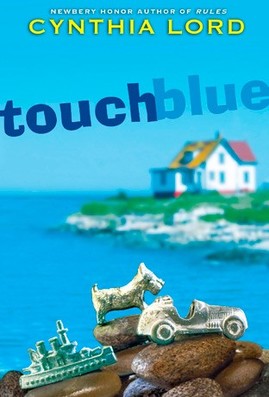
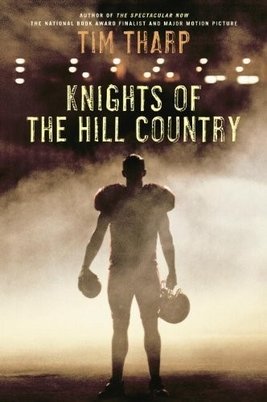
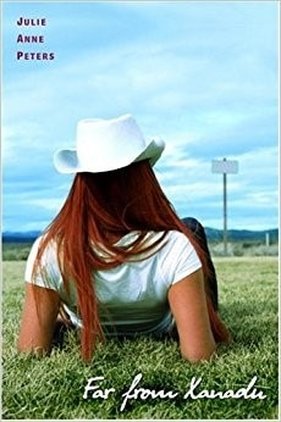
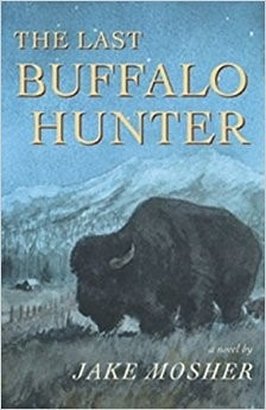
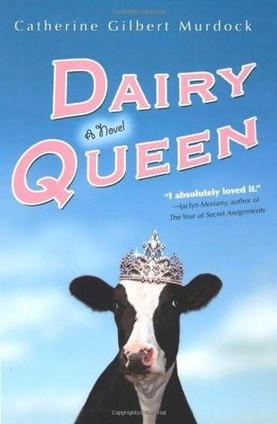
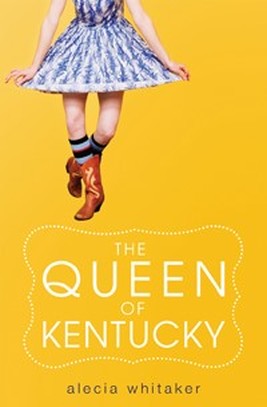
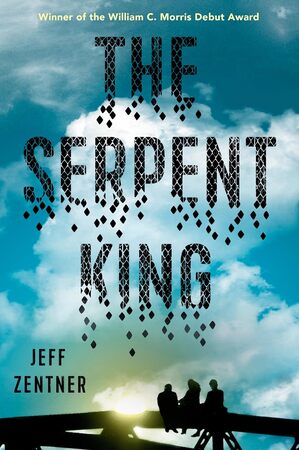
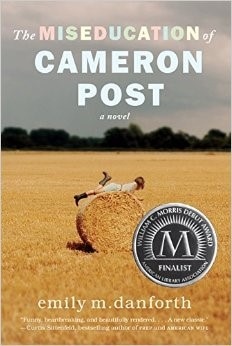
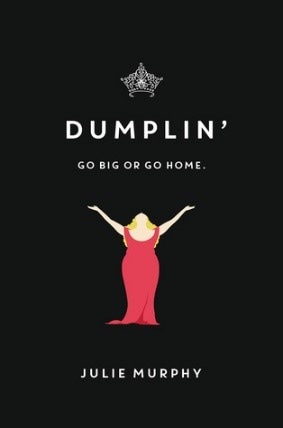
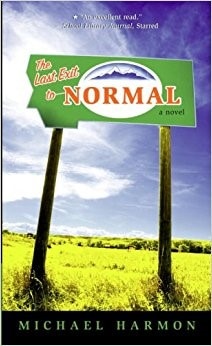
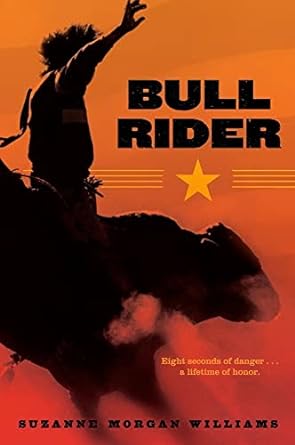
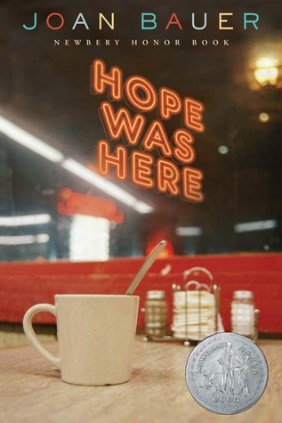

 RSS Feed
RSS Feed